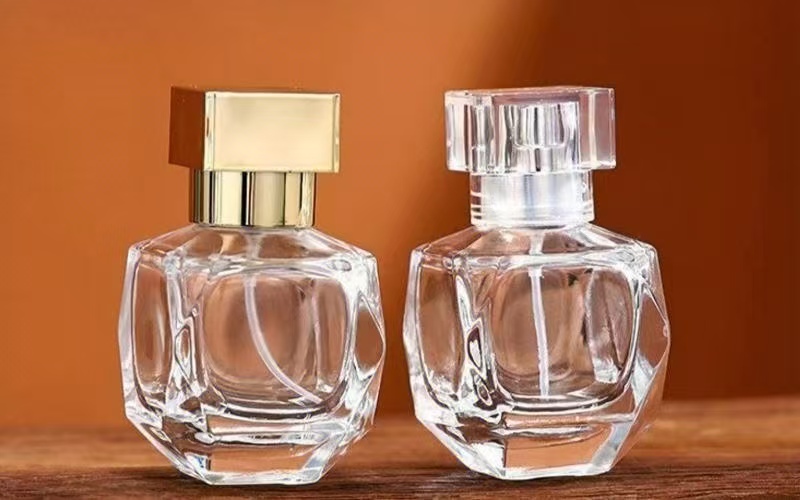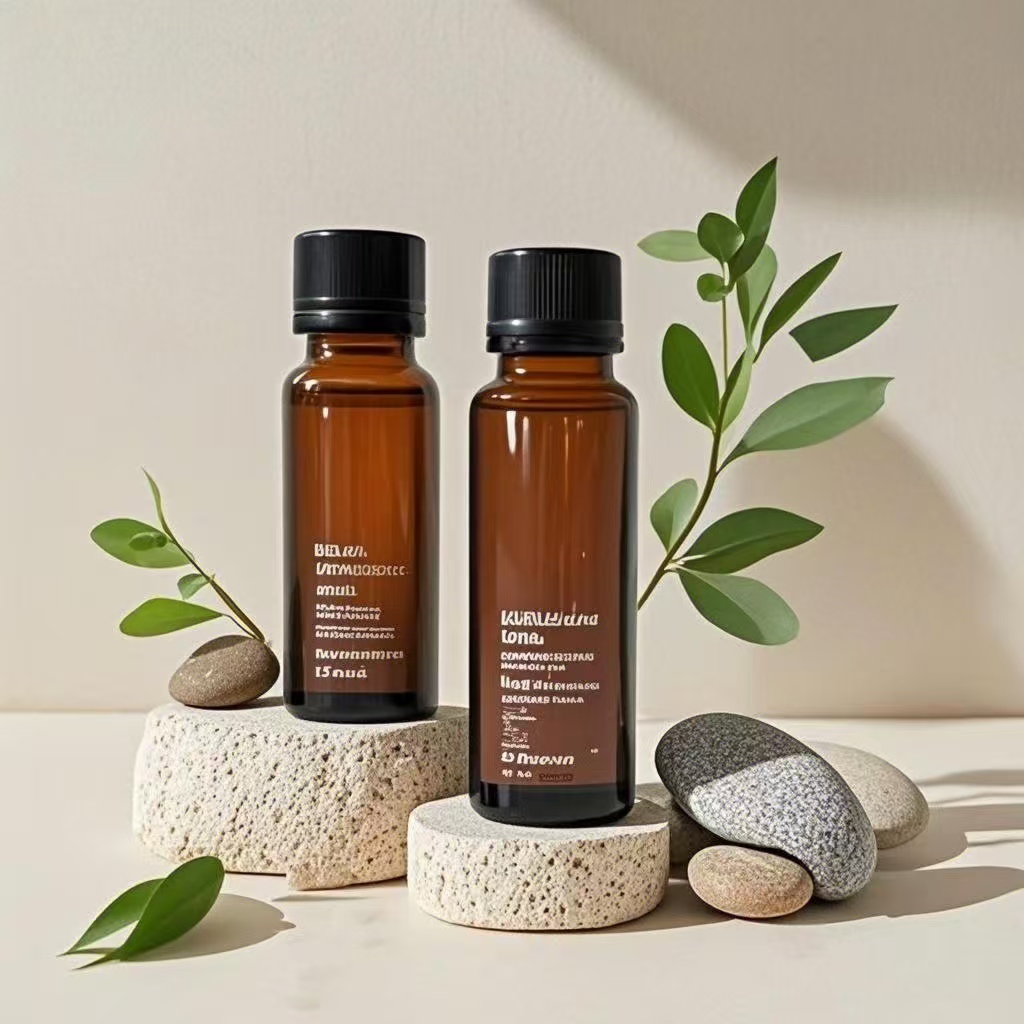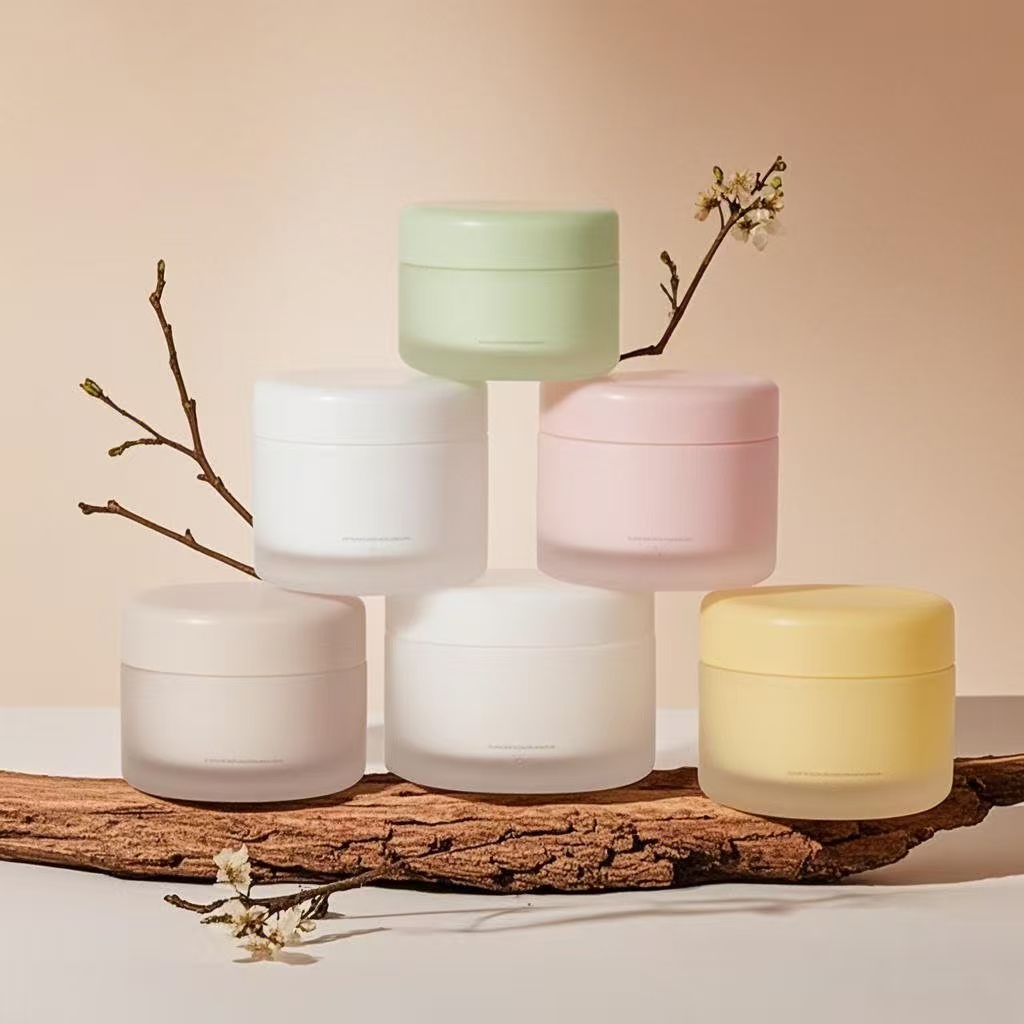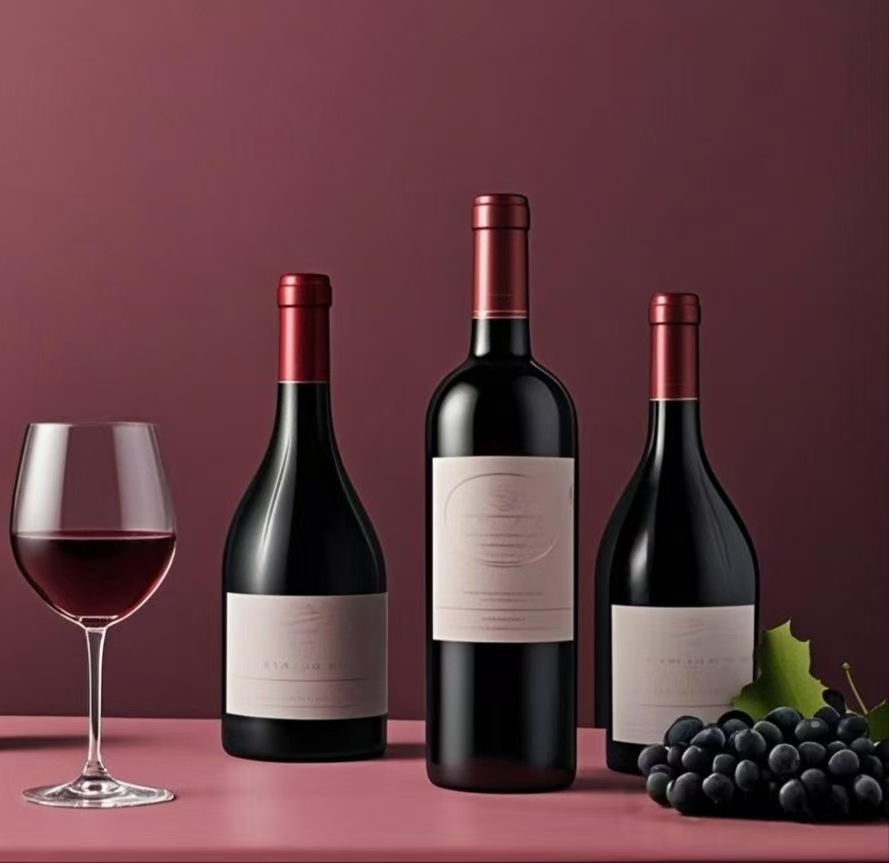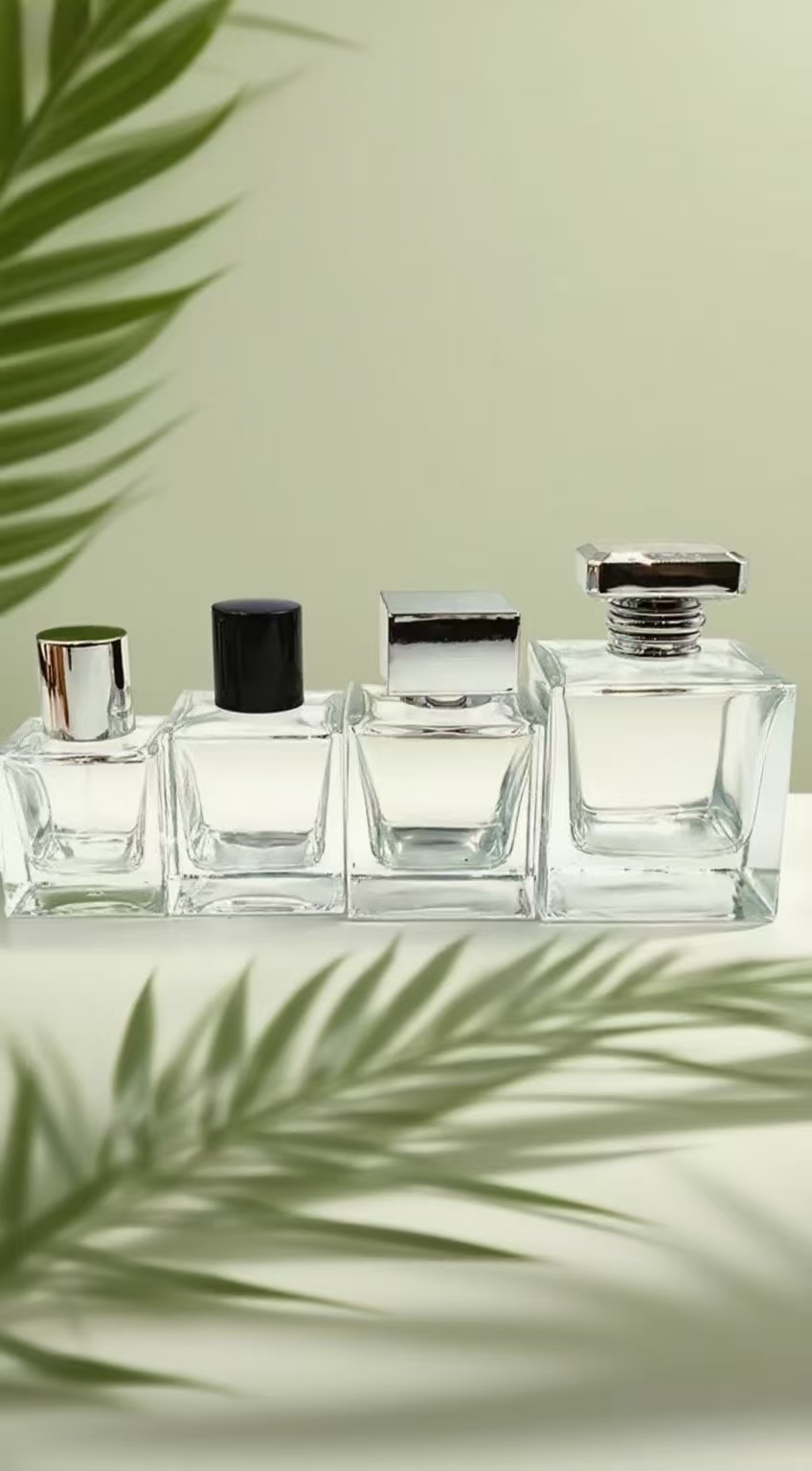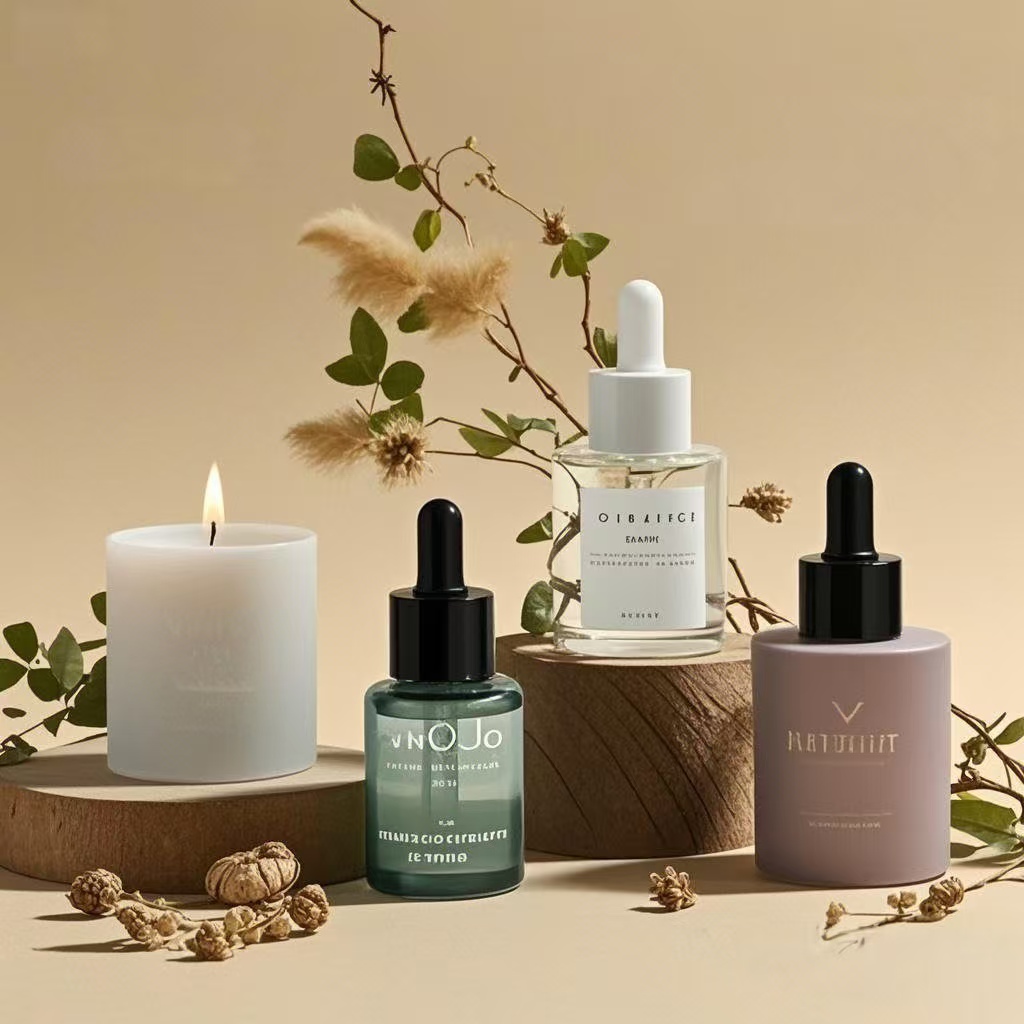Love the natural look of wooden jars but worried about product spoilage?
We tested five common moisture barrier coatings on wooden cosmetic jars to see which one truly protects contents while preserving aesthetics and sustainability.
As beauty and skincare brands turn to eco-luxury packaging, wooden jars are trending. But moisture sensitivity is their Achilles’ heel. At PauPack, we put them to the test—so you don’t have to.
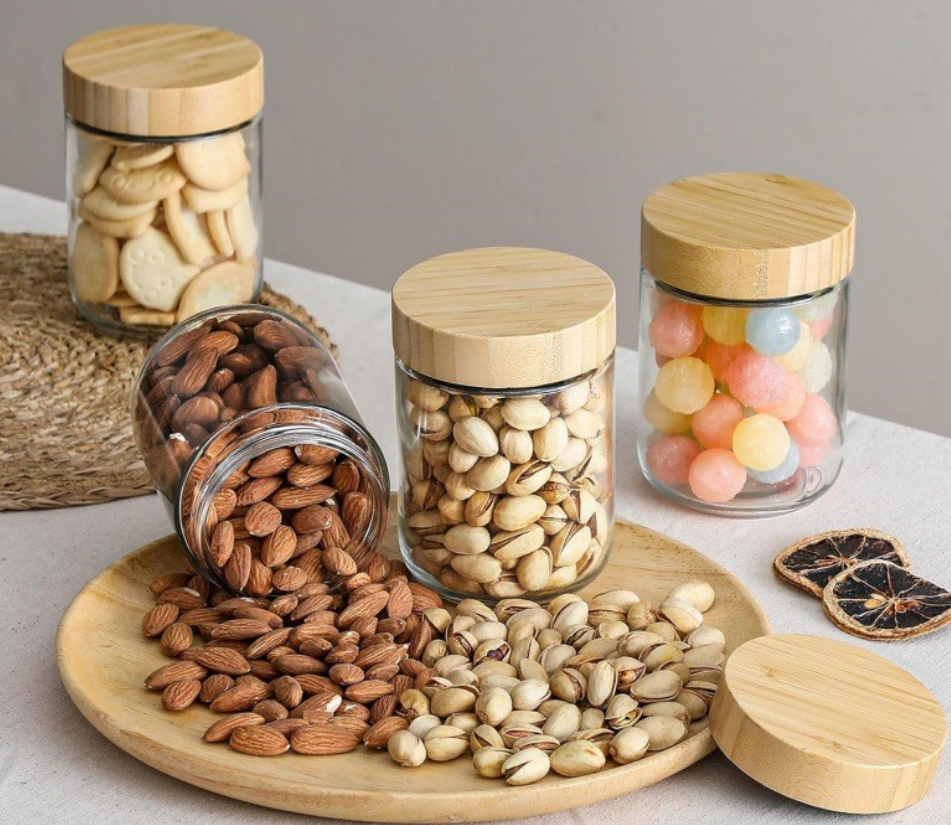
Why Moisture Protection Matters in Wooden Cosmetic Jars
Wood breathes—but your serum shouldn’t evaporate.
Without a moisture barrier, wooden jars can absorb product humidity, leading to warping, contamination, and reduced shelf life.
Key Moisture Risks in Wood Packaging
-
Warping or cracking from uneven moisture absorption
-
Mold growth in humid storage
-
Content evaporation or separation
-
Oil seeping or staining into grain
That’s why a protective inner coating is critical—especially for formulas like balms, creams, scrubs, and powders. At PauPack, we’ve developed wood jar solutions that combine natural beauty with sealed performance.

What Are the 5 Most Common Coating Options for Wooden Jars?
Not all barriers are equal—some are food-safe, others are purely decorative.
The five coating solutions we tested are: beeswax, PLA liner, epoxy resin, shellac, and PU lacquer. Each offers different moisture control levels and visual effects.
Coating Overview Table
| Coating Type | Origin | Transparency | Compostable | Typical Use Case |
|---|---|---|---|---|
| Beeswax | Natural | Matte amber | Yes | Organic cosmetics |
| PLA Liner | Bioplastic | Semi-clear | Yes | Vegan brands, refill jars |
| Epoxy Resin | Synthetic | High-gloss | No | Premium look, high-seal items |
| Shellac | Natural | Glossy | No (animal) | Artisan, vintage aesthetics |
| PU Lacquer | Synthetic | High-gloss | No | Mass production waterproofing |
These options vary widely in terms of process, drying time, FDA compliance, and branding alignment. Some require industrial curing; others are hand-wiped and air-dried.
How Did Each Coating Perform in Our Moisture Resistance Test?
We simulated 30 days of humid bathroom conditions to see what held up.
Epoxy and PLA liners provided the strongest moisture barrier, while beeswax and shellac offered moderate protection. PU lacquer had high resistance but low sustainability.
Testing Setup
-
Humidity: 80% RH
-
Temperature: 28°C
-
Test contents: Saline gel, oil balm, dry powder
-
Duration: 30 days
Results Breakdown
| Coating | Warping | Internal Staining | Lid Fit After 30 Days | Verdict |
|---|---|---|---|---|
| Beeswax | Moderate | Yes | Slight swell | Best natural |
| PLA Liner | None | None | Perfect fit | Best eco-tech |
| Epoxy Resin | None | None | Perfect fit | Best protection |
| Shellac | Slight | Minimal | Loose fit | Vintage-friendly |
| PU Lacquer | None | None | Tight fit | Industrial-grade |
For eco-focused beauty brands, PLA liners performed exceptionally well—fully compostable, zero leaks, and smooth aesthetics. PauPack now integrates this in our refillable bamboo jars line.
What Are the Pros and Cons of Natural vs Synthetic Coatings?
Choosing between planet and performance? Maybe not.
Natural coatings like beeswax and shellac offer biodegradability and aesthetics but lower barrier strength, while synthetics like PU and epoxy offer durability at a sustainability cost.
Comparison Matrix
| Feature | Natural (Beeswax, Shellac) | Synthetic (Epoxy, PU) |
|---|---|---|
| Moisture Barrier | Moderate | High |
| Drying Time | Long (24–48h) | Short (1–4h cure) |
| Look & Feel | Rustic, matte | Glossy, smooth |
| VOC Emissions | Low | Medium-High |
| Food-grade Option | Beeswax only | Epoxy (FDA-grade only) |
Natural coatings also carry unique scent and color—something to consider if your formula is aromatic or highly sensitive.
At PauPack, we offer both styles: epoxy-coated jars for high-performance lines, and beeswax or PLA for organic, zero-waste brands.
Which Coating Is Best for Beauty Brands Prioritizing Sustainability?
Sustainability doesn’t have to mean soggy jars.
PLA liners deliver the best mix of barrier performance and compostability, while beeswax remains the top choice for low-impact artisanal brands.
Final Ranking (Sustainability x Performance)
-
PLA Liner – ✅ Moisture barrier, ✅ Compostable, ✅ Consistent
-
Beeswax – ✅ Natural, ✅ Re-coatable, ❌ Lower durability
-
Epoxy (Food-Grade) – ✅ Sealed, ❌ Not compostable
-
Shellac – ❌ Non-vegan, ✅ Aesthetic charm
-
PU Lacquer – ✅ Industrial use, ❌ Low eco-appeal
If you’re selling in eco-conscious markets like Germany, California, or Scandinavia, compostable lining like PLA is the future. PauPack’s hybrid bamboo-PLA jars combine earthy appeal with airtight performance.
What Makes Wooden Jars Vulnerable to Moisture Damage?
Natural materials come with natural weaknesses.
Wood is porous and hydrophilic, meaning it absorbs moisture, swells, warps, and can transfer humidity into sensitive cosmetic products.
Key Moisture Issues in Wood Packaging
-
Absorption: Causes expansion, distortion, and lid misalignment
-
Leaching: Product oils can stain or discolor untreated wood
-
Mold growth: High humidity creates ideal microbial conditions
-
Odor transfer: Moisture amplifies the natural wood scent, affecting product fragrance
Wood is stunning, tactile, and environmentally appealing—but unlike plastic or glass, it must be treated to become packaging-safe.
At PauPack, we specialize in turning natural materials like bamboo and birch into performance-grade packaging by selecting smart barrier coatings.
How Do Different Coatings Influence Jar Longevity and Product Integrity?
The right barrier can double a wooden jar’s shelf life and protect product texture, scent, and consistency.
We tested beeswax, PLA film, epoxy resin, shellac, and PU lacquer under controlled humidity conditions. The right coating made a visible difference.
30-Day Environmental Chamber Test
Conditions:
-
28°C, 75% humidity
-
Products inside: whipped shea balm, dry blush powder, gel-based serum
| Coating Type | Jar Warping | Inside Residue | Aroma Integrity | Verdict |
|---|---|---|---|---|
| Beeswax | Mild | Yes (balm) | Altered slightly | Best artisanal |
| PLA Liner | None | None | Preserved | Best clean beauty |
| Epoxy Resin | None | None | Preserved | Best sealing |
| Shellac | Slight | Minimal | Slightly altered | Traditional charm |
| PU Lacquer | None | None | Neutral | Most durable |
PLA and epoxy scored highest in preserving product integrity—no oil bleed, no swelling, no scent distortion.
What’s the Environmental Impact of Each Coating Material?
Your customers don’t just care what’s inside the jar—they care what’s coating it.
Biodegradable or bio-based coatings like beeswax and PLA score high for sustainability, while synthetic coatings have longer lifespans but lower environmental appeal.
Sustainability Rating Table
| Coating Type | Compostable | Bio-Based | VOC Emissions | Overall Eco Rating |
|---|---|---|---|---|
| Beeswax | Yes | Yes | Low | ★★★★★ |
| PLA Liner | Yes (Industrial) | Yes | Low | ★★★★☆ |
| Epoxy Resin | No | No | Medium | ★★☆☆☆ |
| Shellac | No | Yes | Low | ★★★☆☆ |
| PU Lacquer | No | No | High | ★☆☆☆☆ |
For beauty and wellness brands committed to green chemistry, beeswax and PLA are clear winners. PauPack supports both—offering custom PLA linings in bamboo jars and beeswax-coated pine jars for boutique lines.
How Easy Is It to Apply or Manufacture with Each Coating Type?
Performance is great—but only if it scales.
Ease of application affects your production cost, curing time, and defect rate. Some coatings require industrial settings; others are handmade-friendly.
Manufacturing Complexity Matrix
| Coating | Application Type | Cure Time | Factory Compatibility | Notes |
|---|---|---|---|---|
| Beeswax | Hand-brushed/melted | 24h+ | Small batch | Artisan ideal, time-heavy |
| PLA Liner | Heat-welded insert | Instant | Automation-friendly | Clean, precise, scalable |
| Epoxy Resin | Spray or dip-cure | 4–12h | Requires curing oven | High gloss, premium look |
| Shellac | Brushed or dipped | 6–12h | Manual/auto possible | Requires multiple coats |
| PU Lacquer | Spray | 1–2h | Mass production ready | Fast, high VOCs |
PauPack recommends PLA lining for brands scaling up with automation, and beeswax for small-batch, farm-to-face labels. We offer both in-house and third-party coating services depending on production needs.
Which Barrier Solution Offers the Best Balance of Beauty, Performance, and Sustainability?
One coating hits the sweet spot.
PLA liners rank highest across our three metrics: moisture resistance, eco-credibility, and ease of manufacturing. Beeswax wins for natural charm, epoxy for premium durability.
Final Scorecard (1–5 stars)
| Coating | Moisture Barrier | Eco-Friendly | Production Scalability | Overall Score |
|---|---|---|---|---|
| PLA Liner | ★★★★★ | ★★★★☆ | ★★★★★ | 4.8/5 |
| Beeswax | ★★☆☆☆ | ★★★★★ | ★★☆☆☆ | 4.0/5 |
| Epoxy Resin | ★★★★★ | ★☆☆☆☆ | ★★★☆☆ | 3.8/5 |
| Shellac | ★★★☆☆ | ★★★☆☆ | ★★★☆☆ | 3.6/5 |
| PU Lacquer | ★★★★★ | ★☆☆☆☆ | ★★★★★ | 3.5/5 |
At PauPack, we now recommend PLA for 70% of our wooden jar clients who need a scalable, sustainable moisture barrier. Our PLA-lined wood jars come in multiple sizes, shapes, and finishes, including bamboo, ash, and walnut.
Conclusion
Choosing the right coating turns wooden jars from risky to retail-ready. With PLA or beeswax, you get both eco-appeal and product safety—no trade-offs required.





